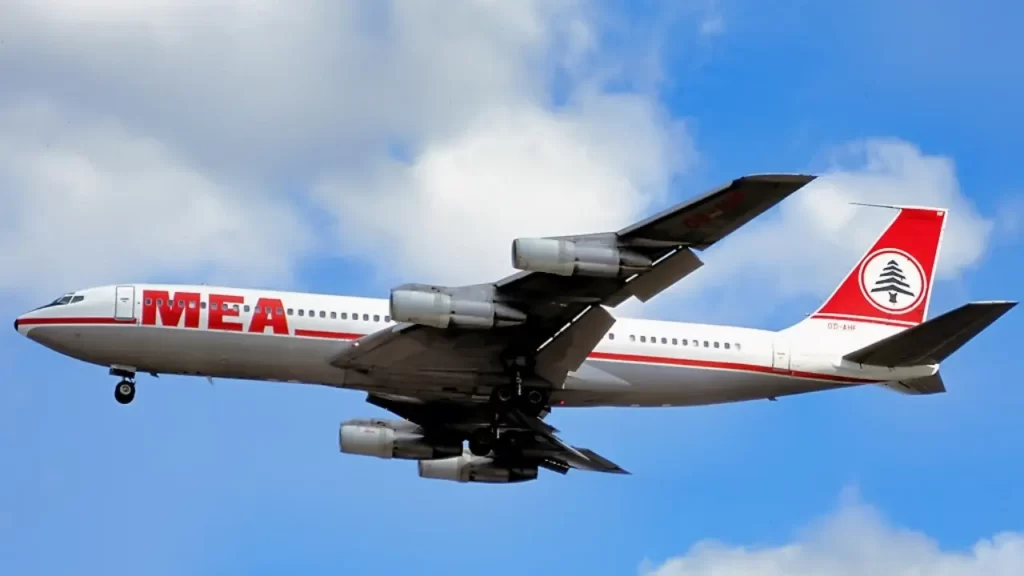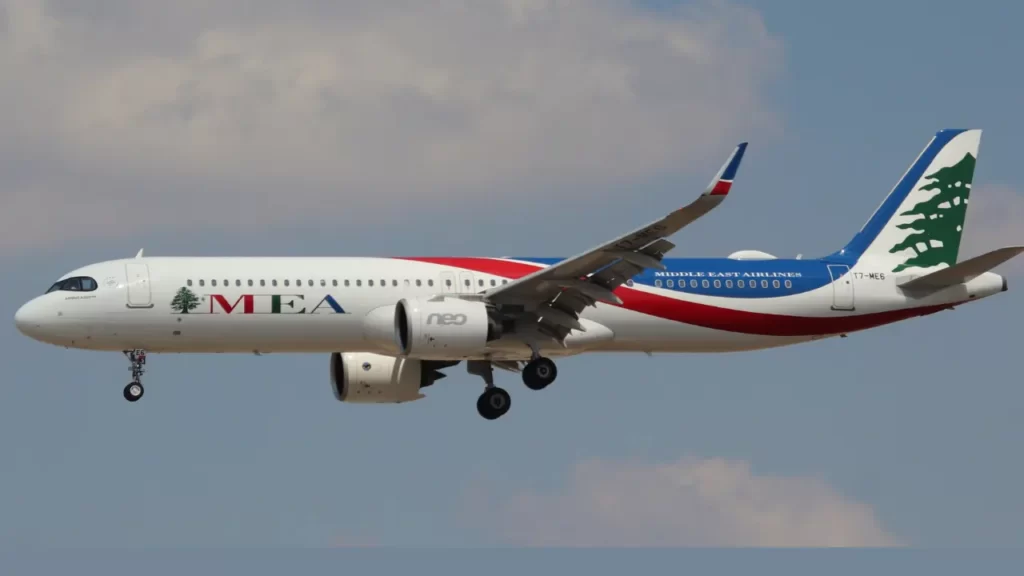
Middle East Airlines Overview
Middle East Airlines (MEA), also known as Air Liban, is the national flag carrier airline of Lebanon. Here is an overview of Middle East Airlines:
Table of Contents
Founding and History:
Middle East Airlines was founded in 1945. The airline started operations in 1946, making it one of the oldest airlines in the Middle East region.
Hub and Base:
Beirut–Rafic Hariri International Airport (BEY) serves as the primary hub and base of Middle East Airlines.
Fleet:
Middle East Airlines operates a fleet of modern and diverse aircraft, including Airbus A320, A330, and A321neo models. The airline periodically updates its fleet to maintain operational efficiency.
Route Network:
MEA serves an extensive network of domestic and international destinations. The airline connects Beirut with cities in the Middle East, Europe, Africa, and Asia.
Services and Classes:
Middle East Airlines offers a range of services, including multiple cabin classes. The typical classes include Economy Class and Cedar Class (Business Class), providing passengers with various amenities and in-flight services.
Cedar Miles Loyalty Program:
MEA operates a frequent flyer program known as Cedar Miles. Passengers can earn and redeem miles for flights, upgrades, and other benefits within the MEA network.
Strategic Alliances and Codeshare Agreements
Middle East Airlines has entered into codeshare agreements and alliances with various airlines to expand its network and offer passengers more travel options. These partnerships often involve reciprocal benefits for passengers.
Modernization and Fleet Expansion
MEA has focused on modernizing its fleet to incorporate more fuel-efficient and environmentally friendly aircraft. The airline strategically expands its fleet to meet growing demand and enhance its capabilities.
Role in Lebanon’s Connectivity
Middle East Airlines plays a crucial role in providing air connectivity to and from Lebanon. The airline facilitates travel for both business and leisure passengers, contributing to the country’s aviation and tourism sectors.
Impact of Regional Geopolitical Events
Lebanon’s aviation industry, including Middle East Airlines, has been influenced by regional geopolitical events. The airline has navigated challenges related to political instability and regional tensions.
Ongoing Operations and Adaptations
Middle East Airlines continues to operate as the national flag carrier, adapting to changing circumstances, industry dynamics, and the impact of global events, including the COVID-19 pandemic.
Middle East Airlines History

Middle East Airlines (MEA), also known as Air Liban, has a history that dates back to the mid-20th century. Here is an overview of key milestones in the history of Middle East Airlines:
Founding and Early Years (1945-1950s)
Middle East Airlines was founded in 1945, and it officially began operations on May 1, 1946.
The airline was established with the support of the Lebanese government and capital from private investors, with the aim of creating a national flag carrier for Lebanon.
Initial Fleet and Routes
MEA initially operated with a fleet of Douglas DC-3 aircraft, serving regional destinations in the Middle East.
The airline gradually expanded its route network to include international destinations.
Expansion and Jet Age (1960s-1970s)
In the 1960s, MEA introduced jet aircraft, including the Boeing 720 and Boeing 707, marking a transition to the jet age.
The airline expanded its international reach, connecting Beirut with cities in Europe, Africa, and Asia.
Civil War Challenges (1975-1990)
The Lebanese Civil War, which began in 1975, posed significant challenges to MEA’s operations. The airline faced disruptions, and its fleet suffered damage during the conflict.
Despite the challenges, MEA continued to operate limited services during the civil war period.
Post-Civil War Recovery and Modernization (1990s)
After the end of the civil war in 1990, MEA embarked on a period of recovery and modernization.
The airline invested in updating its fleet with more modern aircraft, including Airbus A320 family and A330 aircraft.
Expansion and Alliances (2000s-2010s):
- MEA expanded its route network and continued to enhance its fleet with more fuel-efficient and advanced aircraft models.
- The airline formed strategic alliances and entered into codeshare agreements with other airlines to strengthen its global connectivity.
Cedar Class and Services
- MEA introduced Cedar Class, its Business Class product, offering enhanced services for premium passengers.
- The airline focused on providing a quality travel experience, including in-flight entertainment, meals, and other amenities.
Cedar Miles Frequent Flyer Program
- MEA established the Cedar Miles frequent flyer program, allowing passengers to accrue and redeem miles for travel-related benefits.
Impact of Regional Events
- MEA has navigated challenges related to regional geopolitical events, including tensions in the Middle East, which have occasionally affected its operations.
Ongoing Operations and Adaptations:
- Middle East Airlines continues to operate as Lebanon’s national flag carrier, adapting to changing circumstances and global events, including the impact of the COVID-19 pandemic.
- Middle East Airlines has played a significant role in connecting Lebanon with the rest of the world and has contributed to the country’s aviation history. For the latest and most accurate information about MEA, including its current status, routes, and recent changes, it is recommended to check the official Middle East Airlines website and recent news sources.
